Wrestling and Embodied Knowledge: Reflections on a Workshop
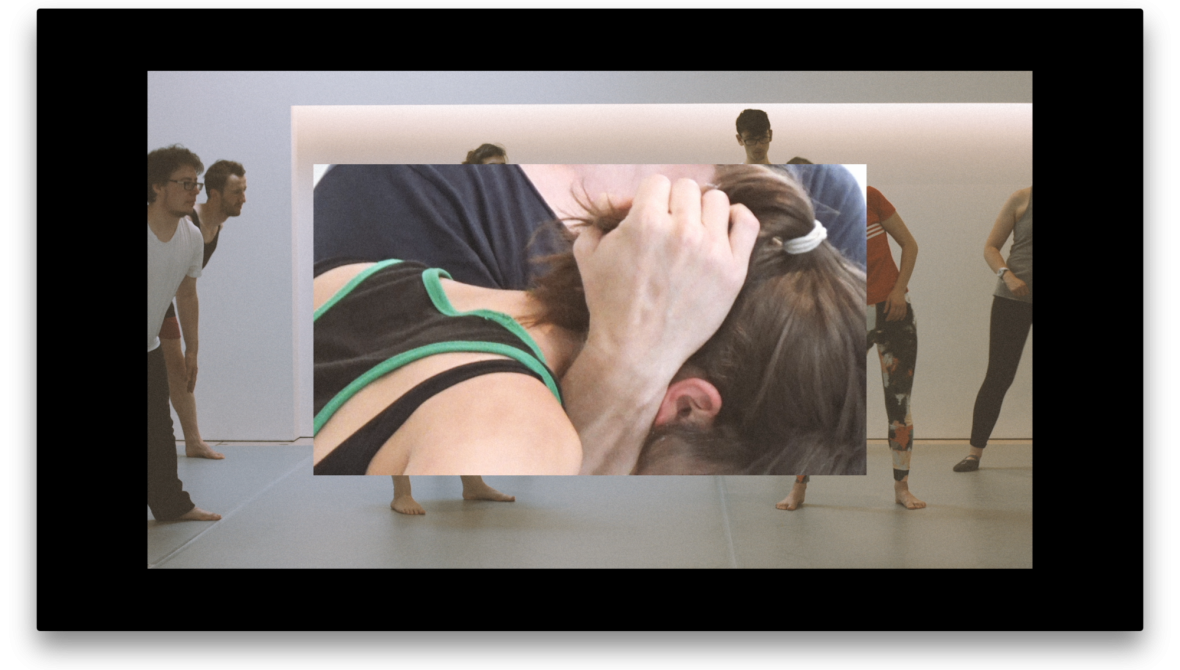
(Photo credit: Photographs of Joe Moran and Tom Dawkins/Cara Noir's workshop. All pics by Sam Williams.)
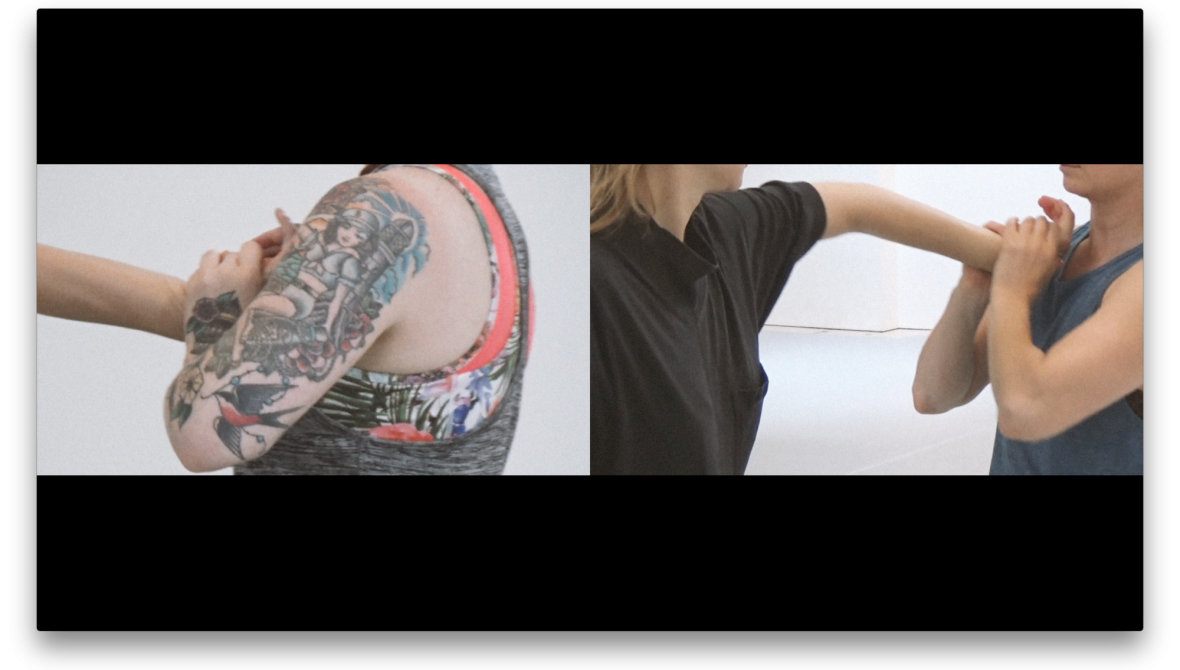
(Photo credit: Photographs of Joe Moran and Tom Dawkins/Cara Noir's workshop. All pics by Sam Williams.)
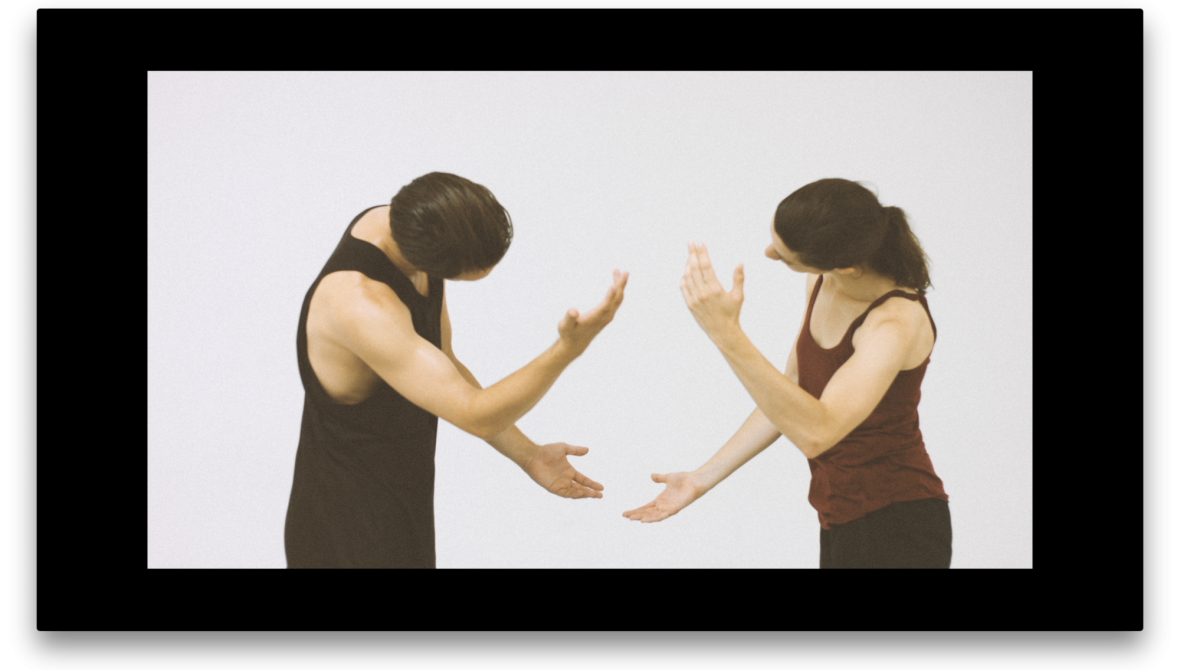
(Photo credit: Photographs of Joe Moran and Tom Dawkins/Cara Noir's workshop. All pics by Sam Williams.)
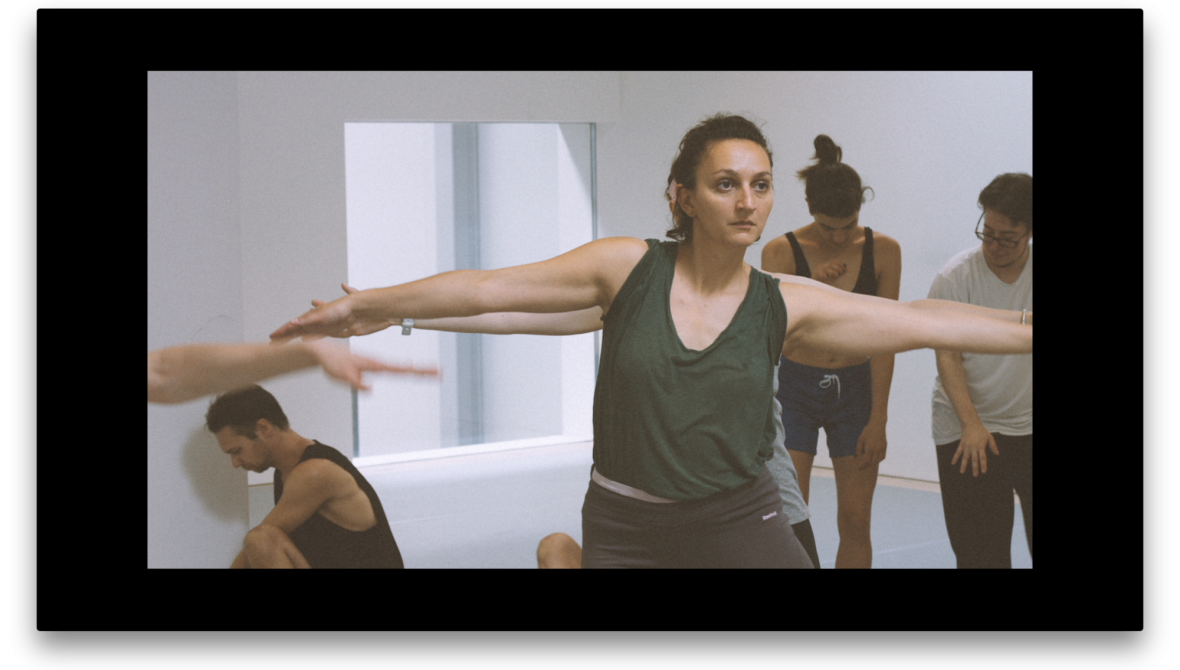
(Photo credit: Photographs of Joe Moran and Tom Dawkins/Cara Noir's workshop. All pics by Sam Williams.)
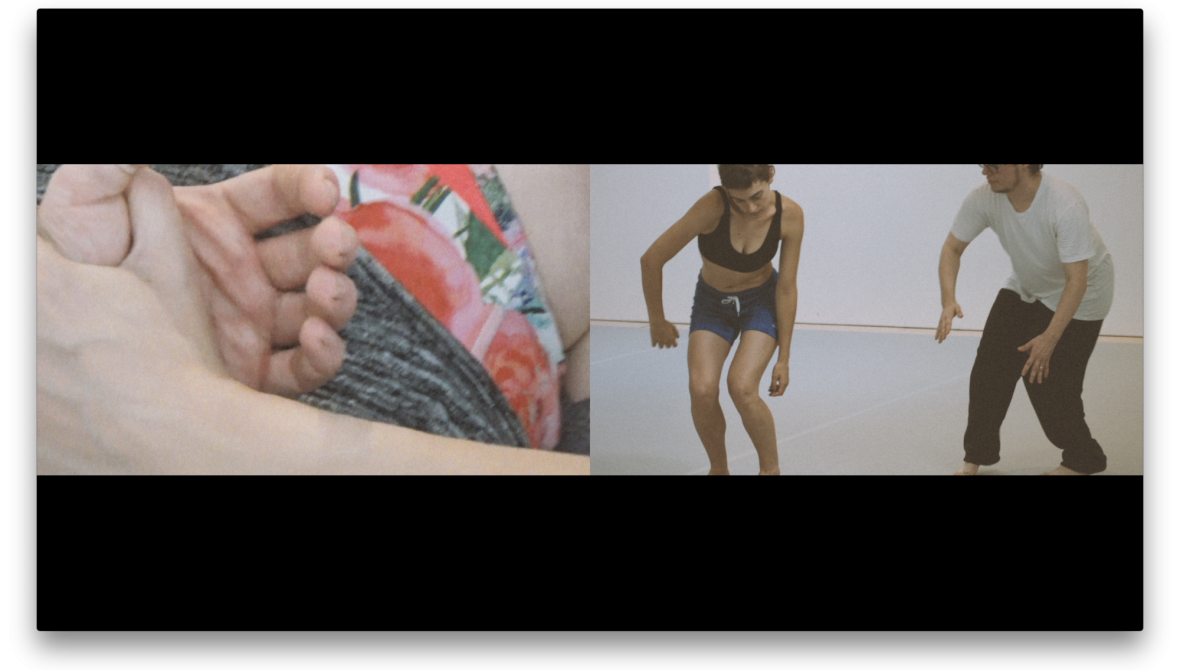
(Photo credit: Photographs of Joe Moran and Tom Dawkins/Cara Noir's workshop. All pics by Sam Williams.)
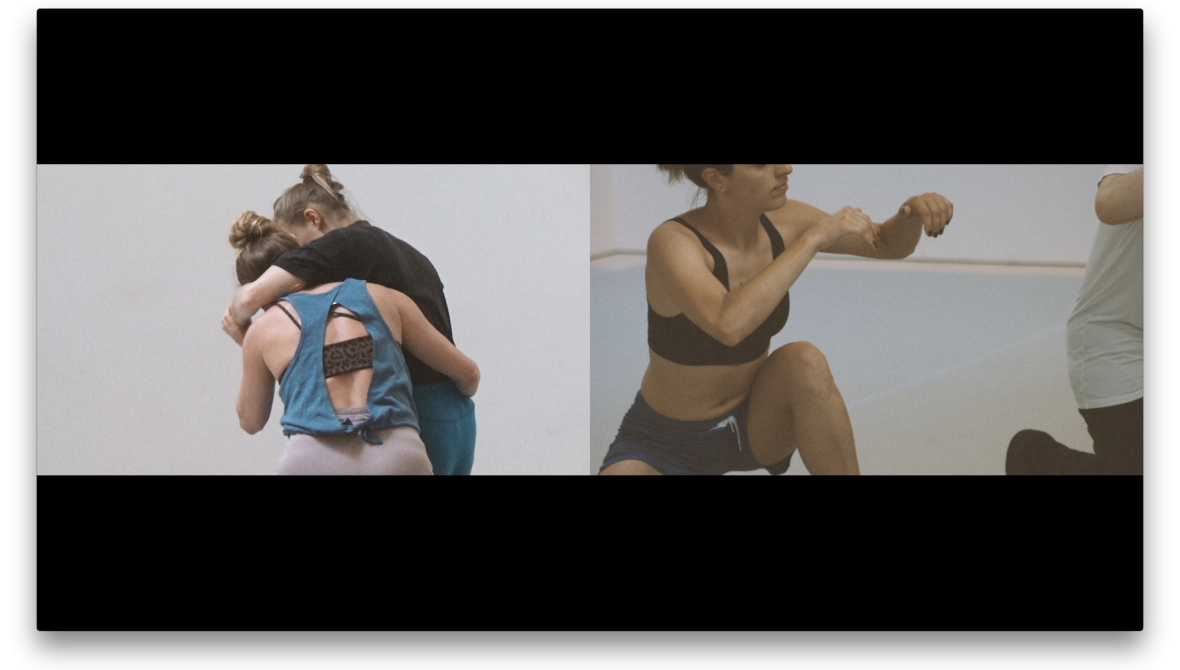
(Photo credit: Photographs of Joe Moran and Tom Dawkins/Cara Noir's workshop. All pics by Sam Williams.)
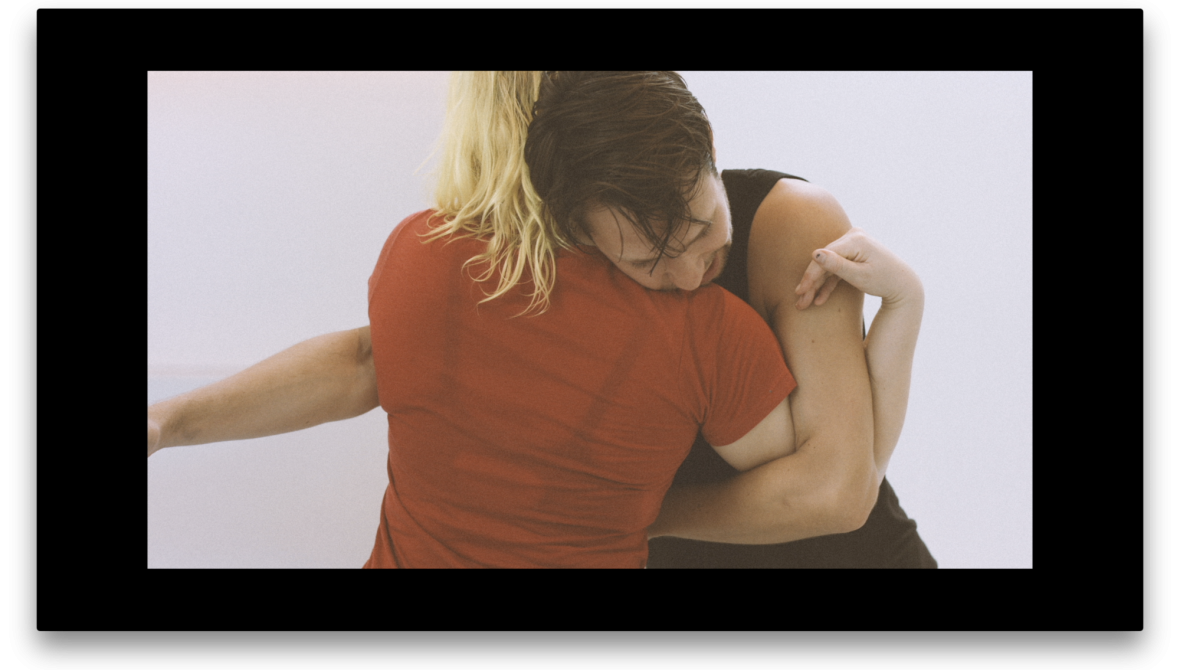
(Photo credit: Photographs of Joe Moran and Tom Dawkins/Cara Noir's workshop. All pics by Sam Williams.)
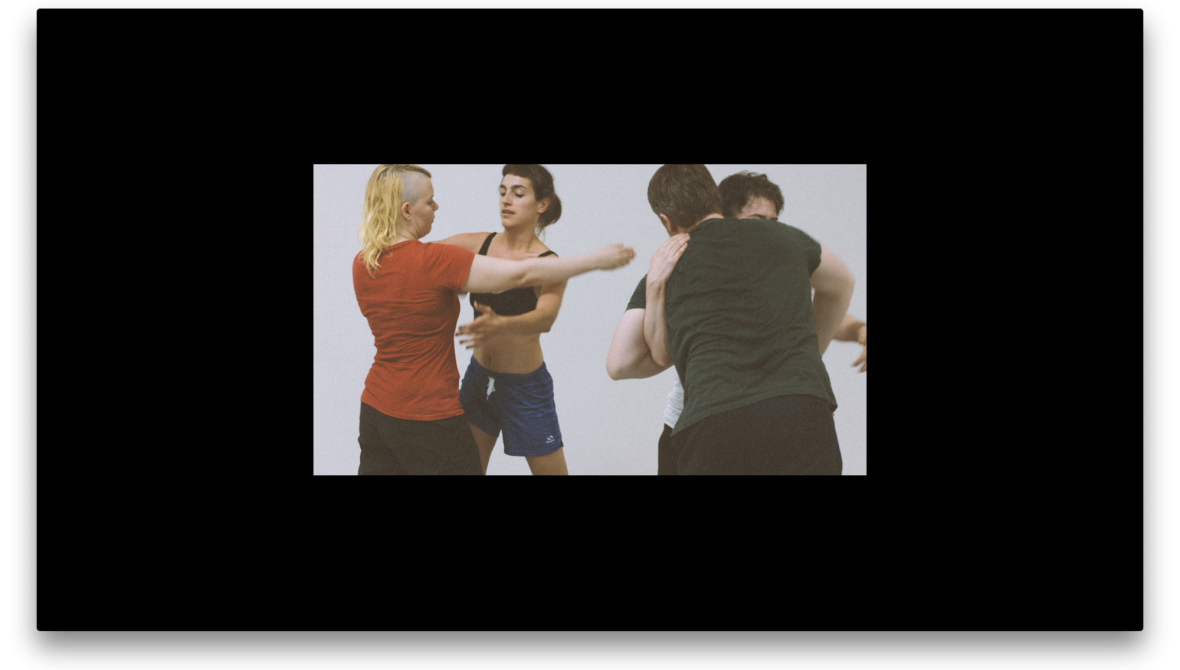
(Photo credit: Photographs of Joe Moran and Tom Dawkins/Cara Noir's workshop. All pics by Sam Williams.)
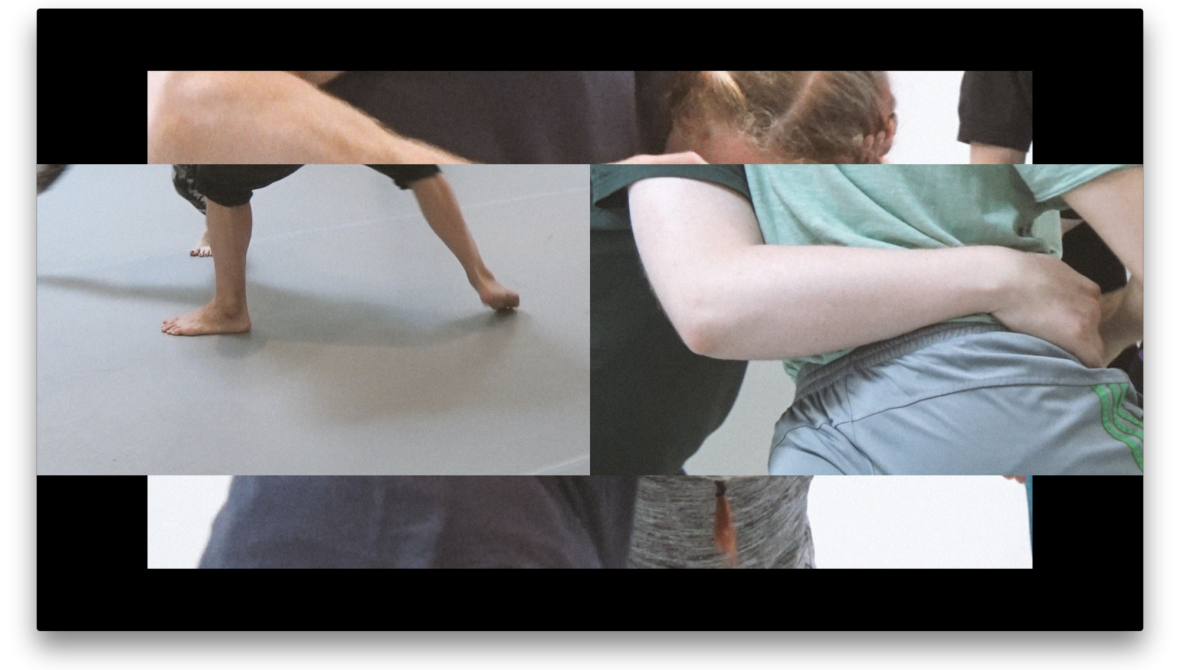
(Photo credit: Photographs of Joe Moran and Tom Dawkins/Cara Noir's workshop. All pics by Sam Williams.)
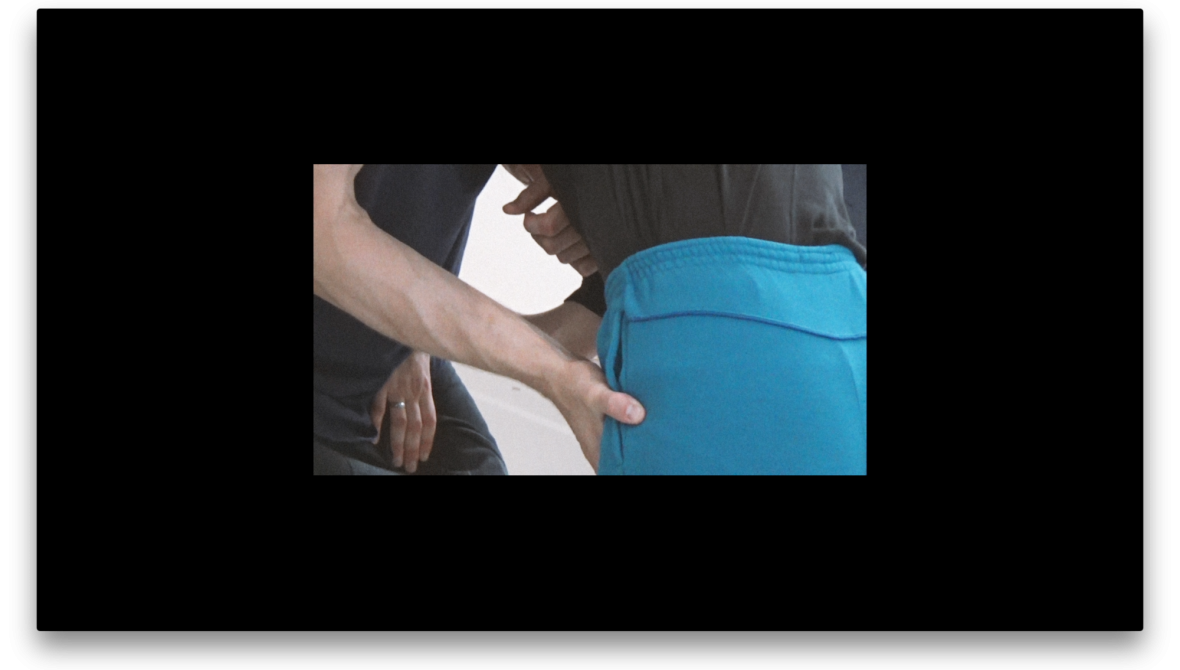
(Photo credit: Photographs of Joe Moran and Tom Dawkins/Cara Noir's workshop. All pics by Sam Williams.)
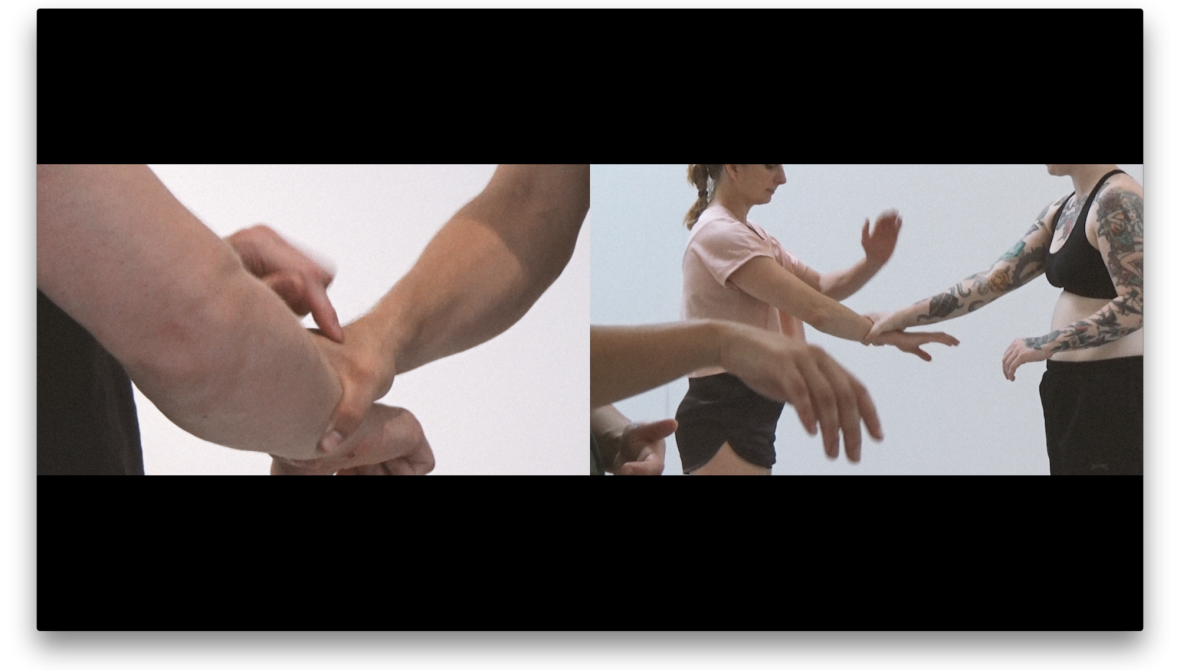
(Photo credit: Photographs of Joe Moran and Tom Dawkins/Cara Noir's workshop. All pics by Sam Williams.)
As part of Bodies of Knowledge, Radar commissioned artists to lead workshops with particular community and interest groups exploring the body as a site for the retention and production of knowledge. In this post,Claire Warden reflects on the workshop led by the dancer Joe Moran in collaboration with the wrestler Cara Noir.
Dr Warden was the academic partner for this part of Bodies of Knowledge, with her involvement drawing on her interest in wrestling as a form of performance. She is a Senior Lecturer in English and Drama at Loughborough University and is the academic lead/commissioner for the on going Wrestling Resurgence project ,which aims to explore wrestling as an artistic practice through live wrestling shows.
Unlike many fans, I came to professional wrestling late, attracted at first not by the spectacle or the good-versus-evil battles, but by the way it helped me think more deeply about my academic studies in theatre and performance. For it seems to me that professional wrestling played with theatrical tropes at every turn: character, actor-audience relationship, physical dexterity, staging, scripting. This is by no means a groundbreaking revelation, for Roland Barthes noticed a similar resonance in his 1957 ‘The World of Wrestling’ chapter in Mythologies, and Sharon Mazer developed this theme in her 1998 Professional Wrestling: Sport and Spectacle. I had the opportunity to build on this further in our co-edited (with Broderick Chow and Eero Laine) Performance and Professional Wrestling (2016). But a frustration remained: how, in an embodied, practical sense could we understand the connections and/or dissonances between professional wrestling and the performing arts? How could I shift from understanding this potential dialogue in a purely theoretical way and, instead, begin to grasp this in a deeper, physicalized sense?
Then, in June this year, came the opportunity to begin answering these questions. In conjunction with Radar and Wrestling Resurgence arthouse-wrestling company, I was finally able to be part of a collaborative, experimental exploration of the shared aesthetics and practices of wrestling and performance practices. We began with a roundtable event, before our commissioned artists Joe Moran (artist choreographer) and Tom Dawkins (who performs as Cara Noir in the wrestling ring, and teaches movement and wrestling) led two workshops, which brought together dancers and wrestlers to engage with each others’ practices. This is a short personal reflection on the experience, detailing some of the most resonant and dynamic ideas, as I perceived them, emerging from this sharing.
This was part of Radar's larger ‘Bodies of Knowledge’ project, which aims to understand human bodies as “sites for the production, retention and transformation of knowledge”. Each body entering the workshop space brought its own physicalized memory: trainee wrestlers who had spent hours learning how to fall without injury, young dancers whose bodies now automatically understood how contact improvisation functioned. Each has, in the words of one of our roundtable contributors, movement coach and wrestler Clare Heafford, a “live grammar”, an understanding of movement as a “language”. My question had always been could these different fields understand each other’s languages? Studying wrestling and performance in an academic sense, I could see similarities in the languages, but perhaps in the studio these languages would prove incompatible; perhaps they are isolated systems lacking translators.
These fears proved unfounded; as the participants worked together, I started to see a new form of communication emerging. It surfaced through moments of convergence. While Joe and Tom used different words, there seemed a constant oscillation between softness and tension, suppleness and rigidity, free-flowing improvisation and focused intention. Senses were challenged constantly, encouraging a greater sense of embodied awareness, whether through Tom’s tennis ball exercise which encouraged us to close our eyes and grab the falling ball by instinctively reading the movements of our partner, or by Joe’s relaxation exercise which asked us to check in with various parts of the body in isolation. “Collaboration” was another word around which the practices seemed to meet. How does one collaborate to produce the work, whether as a wrestler or as a dancer? While both practices contain a sense of competitiveness, ultimately the work only really exists in the meeting of bodies, the willingness to make oneself vulnerable, the cooperation of participants. So aggressive wrestling moves such as take downs were actually, Tom explained, about “guiding” one’s partner, the body falling naturally rather than awkwardly. It’s about “using the other person’s weight” he suggested as participants found themselves in a challenging suplex lift.
This latter task came as a bit of a shock. Visually, it seemed risky, even dangerous. At first, participants shied away. But gradually, revealing a deeper appreciation of embodied collaboration, care and guidance, we began to understand the need to develop trust and responsibility in our sharing of physical language. The sense of collective achievement was palpable. Indeed, risk was one of the defining emerging ideas of the project. In the roundtable, Joe encouraged us to consider this idea of “personal risk”, of leaving oneself open to the emergence of failure and frustration. Risk acts as a subplot for dance and wrestling: economic risk, potential for injury, the possibility that the performance might not be accepted by audiences, appreciated by promoters/directors, “get over” in wrestling parlance. From my own scholarly perspective, interdisciplinary work always feels risky as we rather grope in the dark for shared languages and come up against in-built institutional barriers. But risk remains a vital element in dance and wrestling. There is a problem, Joe said, when there is nothing at stake. The practice feels flat, perhaps; there are no consequences, no sense of liveness, little excitement. No such issue in these workshops, which (safely) moved from risk to risk, centred in a strong sense of collaboration and support. It was noticeable that after the more aggressive moves (at least in a visual sense), participants often checked on one another, even though the aggression was performed: “are you alright?” “are you feeling OK?”, a light touch of appreciation and support to the arm.
My acknowledgement of performance here does not mean “fake”. This is an accusation often leveled at wrestling by critics who falsely read the form as a “fake sport”. This is, as many wrestling scholars and, indeed, fans, have noted, a miscategorisation. Perhaps similar accusations can be thrown at dance, actually, which is often read as pretentiously arty, disconnected from the realities of the modern world, inexcusably taking funding from more important areas. And yet, the real appeared at every juncture in the workshops, often in uncomfortable ways.
On (apparently) the hottest day ever recorded in England I can assure you plenty of very real sweat was created! In this sense wrestling and dance sit firmly in the category of sport. But those who reject wrestling often do so because they read it as pretend. In placing wrestling alongside dance rather than, say, boxing, this miscategorisation is, I think, corrected. Much of the practice and conversation in this project centred around the ways we access the real. The bodies moving in the studio space were all tangibly real. Indeed, I was particularly struck by the intimacy of the bodies as participants locked up or as they mirrored each other’s movements. This intimacy arose organically and caused no noticeable concern for participants used to such close contact either in the dance studio of the wrestling ring; again, here I spotted a shared language that I, as predominantly an academic, did not automatically have. The kinaesthetic awareness that the wrestlers and dancers brought into the space was, for me, one of the most fruitful nodes of connectivity and demanded a sense of real, immediate, mindful presence. The sense of the real was there again in the way Joe encouraged us to use the floor as a support or the way he asked us to “alight on something that interests us” in the movements, requiring participants to access an individual perception of real emotion and curiosity. It was there in Tom’s encouragement to play with force, to be willing to give and receive force, to discover a sense of flow. It was there in the acknowledgement of a raised heartbeat, in the brief moments of communication that naturally emerged as Joe asked us to walk around the space and move around each other as if connected as one organic being. It was there in the slight fluttering of the stomach that I felt as I was flung up into that suplex position. Ultimately the presence of our bodies of knowledge with their gendered, ethnic, temporal, experiential identities, fundamentally disturbed the typical classification of dance and wrestling, creating instead a dynamic experiment where the bodies acted as, the words of the Radar project descriptor, “terrains” to be navigated.
In the roundtable Claire Heafford acknowledged that every time wrestlers work “new things are possible”. The characteristic presentness of the body means that every time bodies meet in the wrestling ring something new emerges. This felt particularly apposite for our ‘Bodies of Knowledge’ workshop. Participants left into the baking heat of London having challenged the disciplinary barriers of their respective practices and discovered new embodied synergies. And I left having finally experienced the sort of intertwined practice I envisaged as latent potential when I first watched Shawn Michaels enter the ring.
Artists
Related Projects
Bodies of Knowledge
Three commissions using performance workshops and experimental documentary to explore the body as a site for the production and retention of knowledge. Read more

